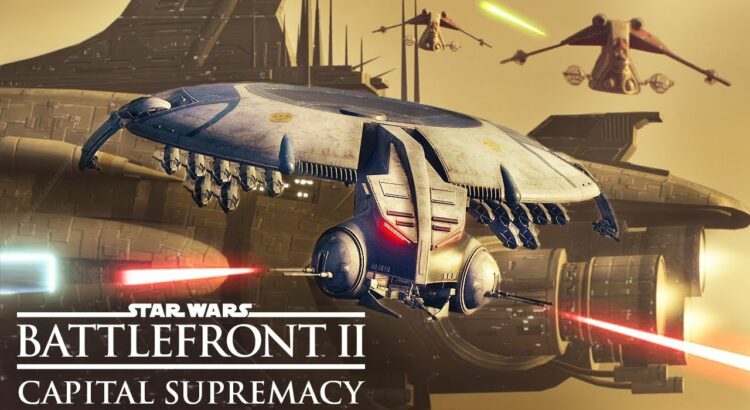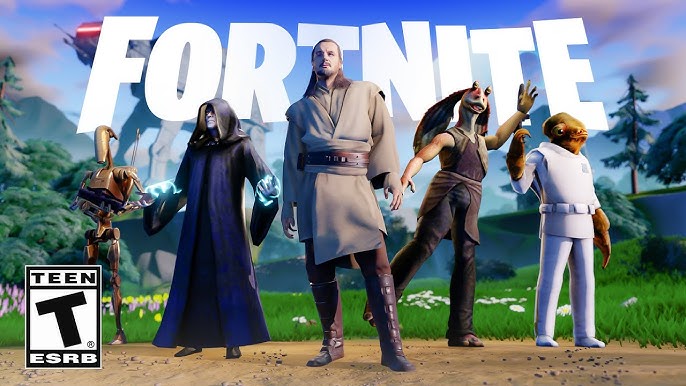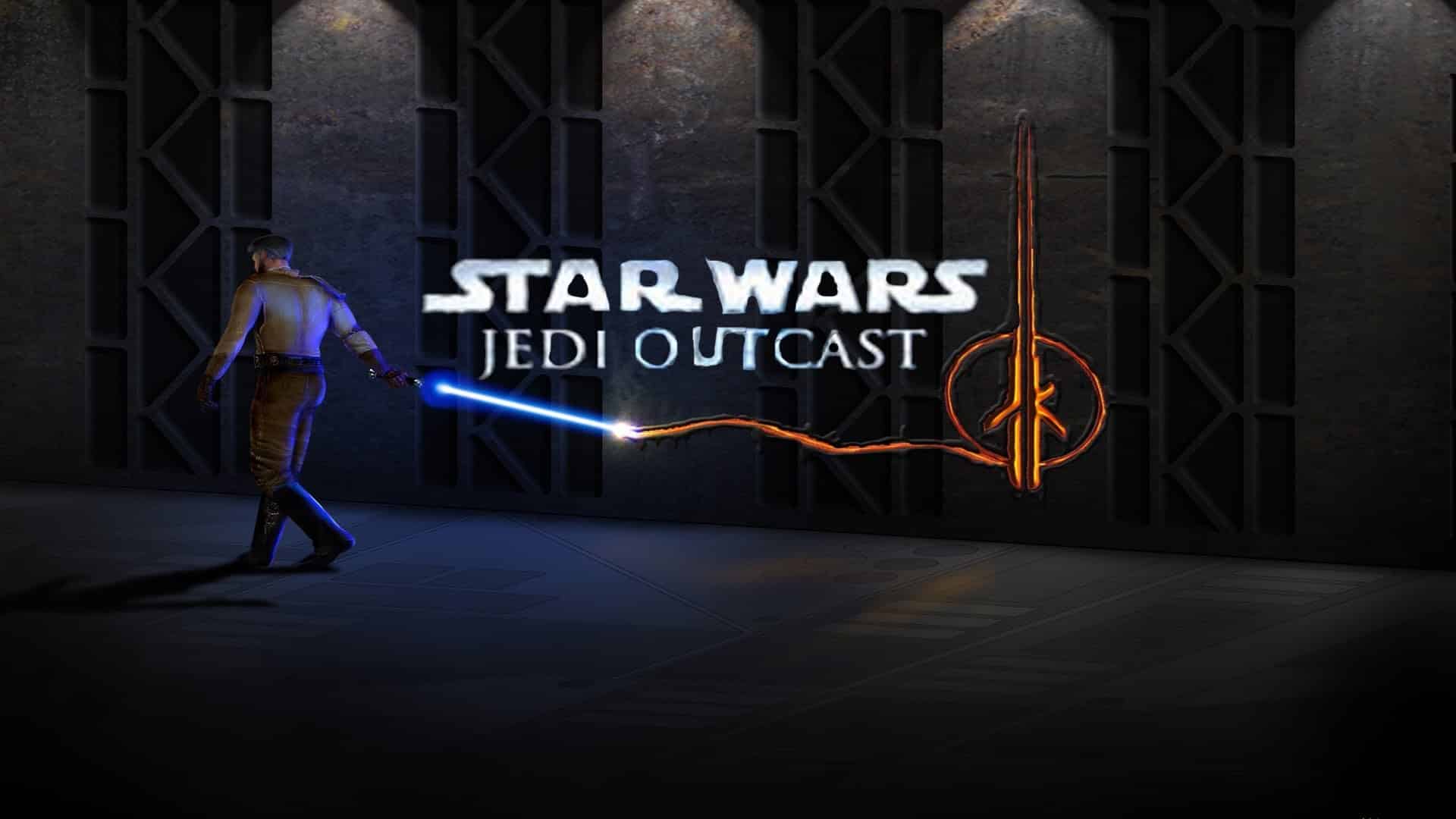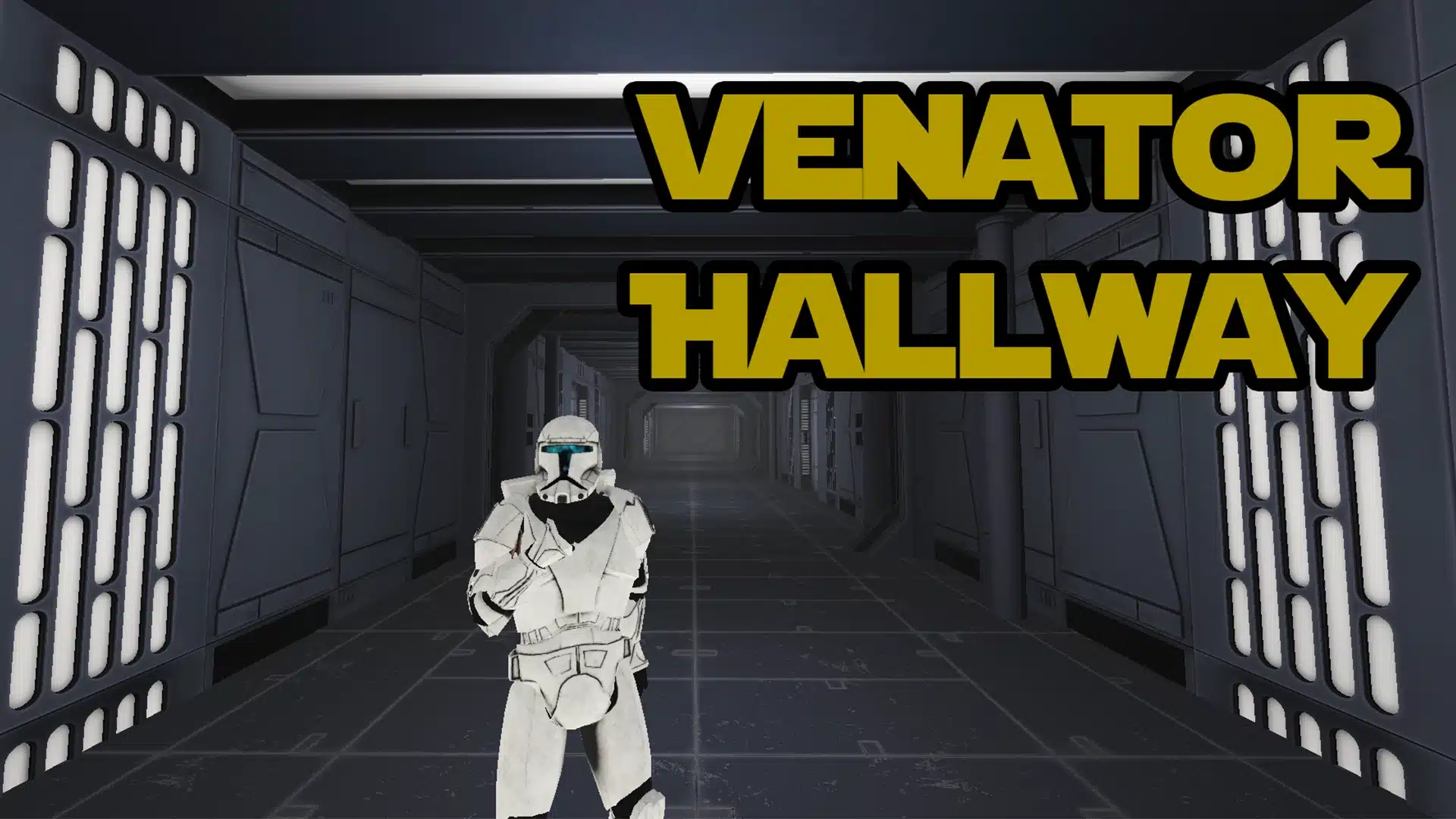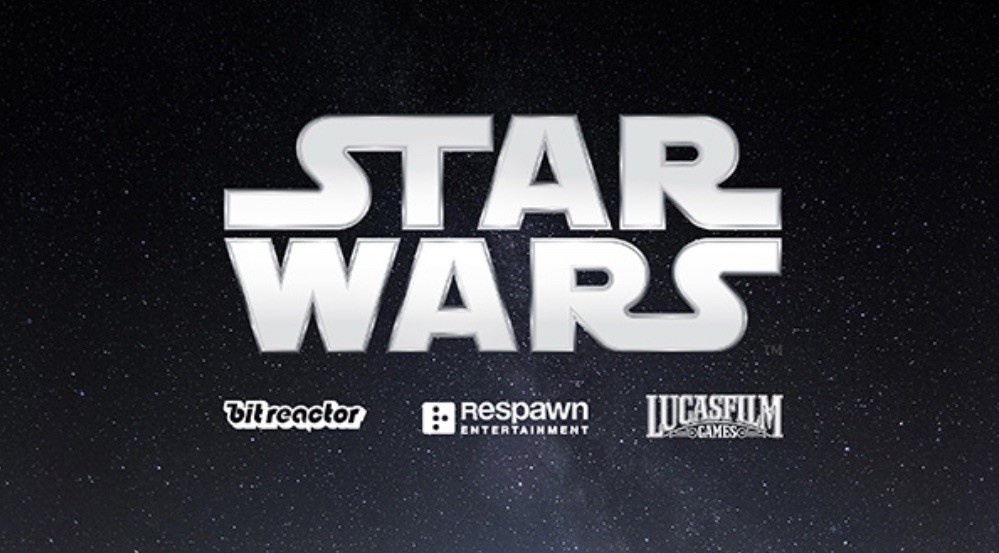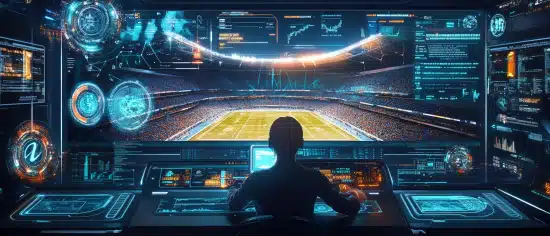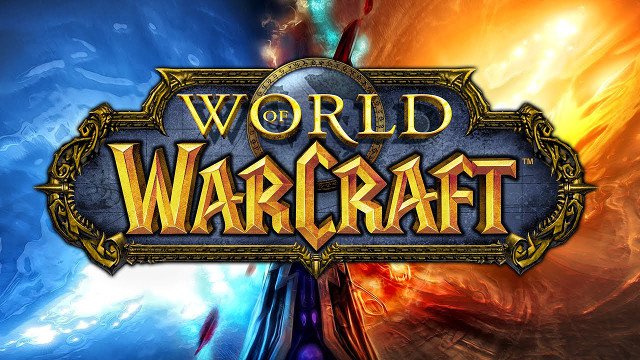Hard to believe, but it’s been six years since Star Wars Battlefront II dropped one of its most ambitious updates: Capital Supremacy. Released in March 2019, this massive free update didn’t just add some flashy new characters or fresh cosmetics—it redefined how large-scale combat felt in the game, brought meaningful quality-of-life improvements, and gave players a chance to live out full-on Clone Wars fantasies with ARC Troopers, Commando Droids, and some serious battlefield chaos.
It’s aged surprisingly well, so let’s go back to that pivotal moment in Star Wars gaming and break down why Capital Supremacy still matters.
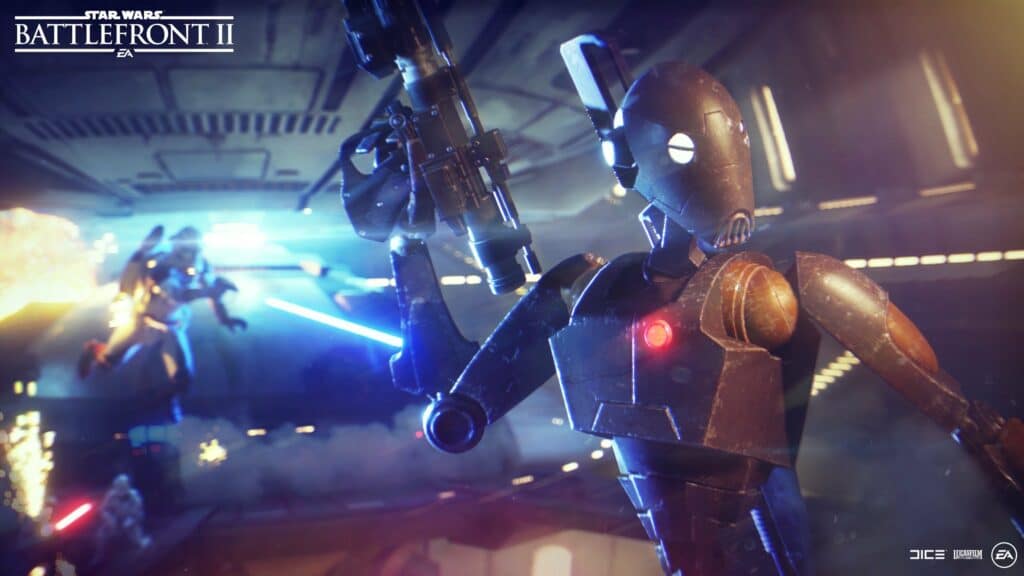
⚔️ What Was Capital Supremacy?
At its core, Capital Supremacy was DICE’s answer to players who wanted something more tactical, more immersive, and just a little more Clone Wars. It introduced a brand-new game mode built around ground assaults and ship boarding sequences, with dynamic objectives that gave each match a cinematic, story-driven feel.
The format combined infantry skirmishes on the surface of Geonosis (later expanding to other maps) with a secondary phase that had players boarding a Venator-class Star Destroyer or Separatist Dreadnought. The goal? Blow it to pieces—or stop it from being blown up, depending on your role. Think of it as Galactic Assault’s more strategic cousin—with less chaos, more teamwork, and way more ARC Troopers dive-rolling across catwalks.
🧠 The Clone Wars Power Duo: ARC Troopers and Commando Droids
The Capital Supremacy update also introduced two new Reinforcement units, and let’s be honest, they were absolute legends:
- ARC Trooper – Dual blaster pistols, tactical rolls, and a shock trap made the ARC a fast-moving, high-damage nightmare. If you ever got stun-locked by one while trying to reload… yeah, you remember.
- Commando Droid – Stealthy, stylish, and shockingly lethal, this Separatist addition brought vibroswords, smoke grenades, and a backflip melee move that made every hallway encounter a 50/50 gamble.
These weren’t just new skins slapped onto existing roles. They played completely differently and brought some serious rock-paper-scissors energy to Capital Supremacy. Picking the right reinforcements actually mattered—and made squad composition something to think about beyond “who got the most battle points.”
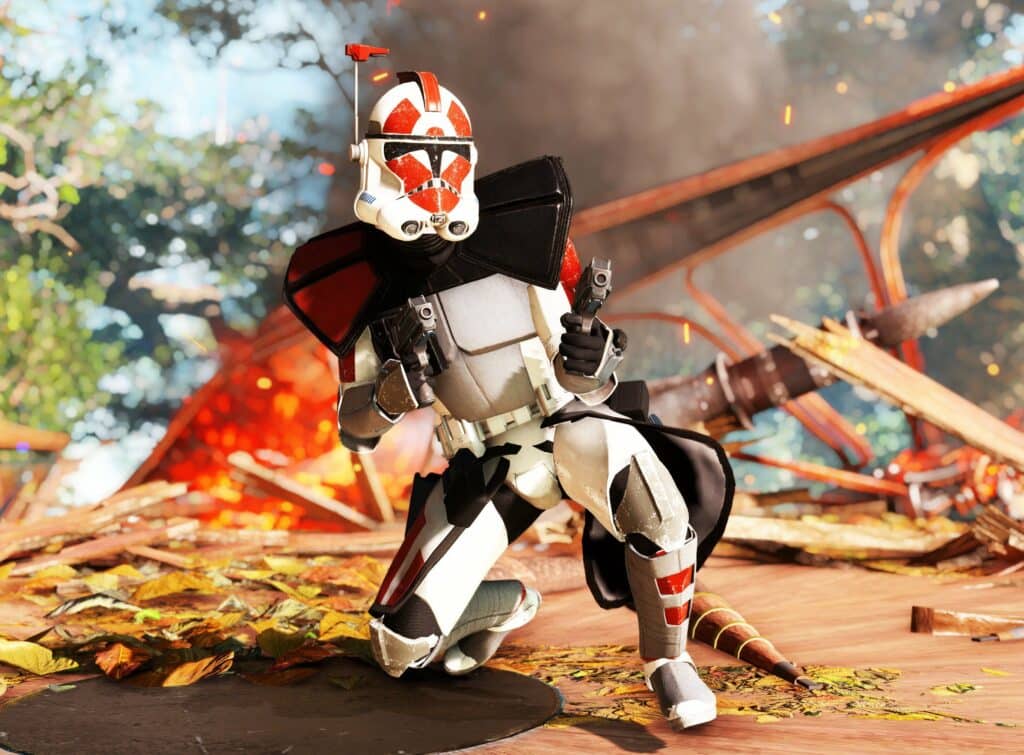
🚀 A New Layer of Gameplay Strategy
One of the best things about Capital Supremacy? It wasn’t just more of the same. It pushed players to coordinate across multiple objectives, balance reinforcements, and adapt to shifting phases mid-match.
You’d fight for command posts on the ground, then rush to the transports, try not to get shot during boarding (which rarely worked), and then launch into close-quarters chaos aboard the capital ship. If you failed to complete the objectives in the ship phase, the battle shifted back to the surface, and the whole thing started again.
It added a loop that kept matches feeling fresh—and way less predictable than the standard linear point-to-point formats.
🔧 Quality of Life Upgrades That Actually Helped
Sure, the flashy content stole the spotlight, but the quality-of-life changes that came with this update were quietly fantastic. DICE adjusted things like:
- Spawn timers and wave mechanics
- Improved squad spawns (finally)
- More predictable reinforcement costs
- Better scoreboard clarity
- Matchmaking tweaks for smoother queues
These changes didn’t get flashy trailers, but they made the feel of the game tighter, more balanced, and way less frustrating. You could spend less time yelling at the screen and more time throwing thermal detonators like a professional.

📈 The Turning Point for Battlefront II
The Capital Supremacy update wasn’t just another content drop—it marked a turning point for Battlefront II. After a rocky launch in 2017 (we all remember the loot box saga), the game had been slowly rebuilding its reputation. This update proved that DICE was listening, iterating, and seriously committed to making Battlefront II into the game it always could’ve been.
Capital Supremacy was the moment where players returned in large numbers, and word of mouth actually turned positive. Suddenly, it wasn’t just “the Star Wars game with controversy.” It was “the Star Wars game that’s finally awesome.”
🌌 Legacy: Still a Highlight Years Later
Even though active development for Battlefront II ended in 2020, Capital Supremacy remains one of its most-played and most-requested modes. Players continue to fill lobbies, run around as Commando Droids, and argue about which side has the better reinforcement units (hint: it’s the ARC Trooper, but don’t tell the B2 droids that).
The update’s influence is still felt in modern Star Wars games that emphasize squad-based objectives, hybrid gameplay loops, and fan-requested features. If nothing else, it proved that multiplayer Star Wars games can balance spectacle, strategy, and fun without tipping into chaos—or microtransactions.
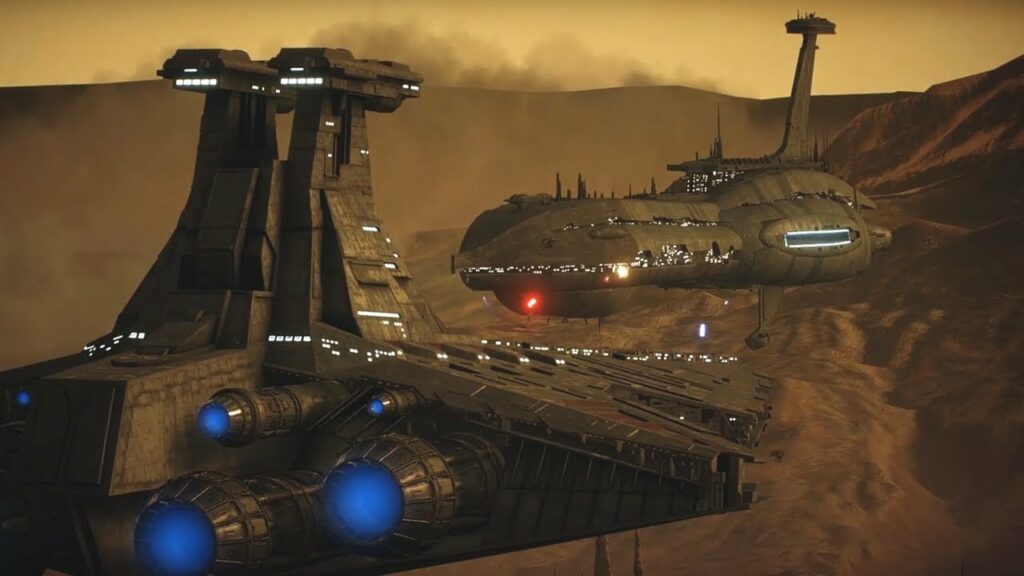
Conclusion: Six Years Later, It Still Holds Up
The Capital Supremacy update wasn’t just a content drop—it was a full course correction for Star Wars Battlefront II. It added tactical depth, Clone Wars immersion, iconic new units, and real strategic variety to a game that had been fighting to win back trust.
Six years on, it’s clear: Capital Supremacy didn’t just improve Battlefront II—it helped redeem it. And in a galaxy where multiplayer updates are often forgotten weeks after launch, that’s saying something.
Here’s hoping future Star Wars shooters take a few notes from this legendary update. It’s the kind of content that doesn’t just pad a patch—it changes a game’s trajectory.
Stay connected with all our latest updates by following us on Google News! It only takes a click, and it would mean a lot to us. You’ll get the freshest news, exclusive content, and much more, right at your fingertips. Thanks for your support! 🙌


